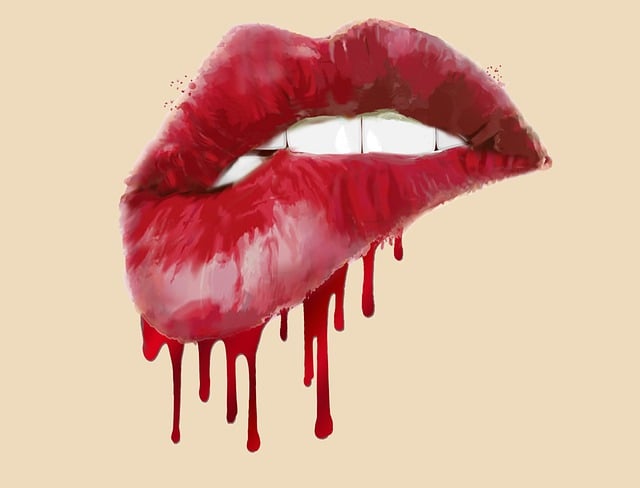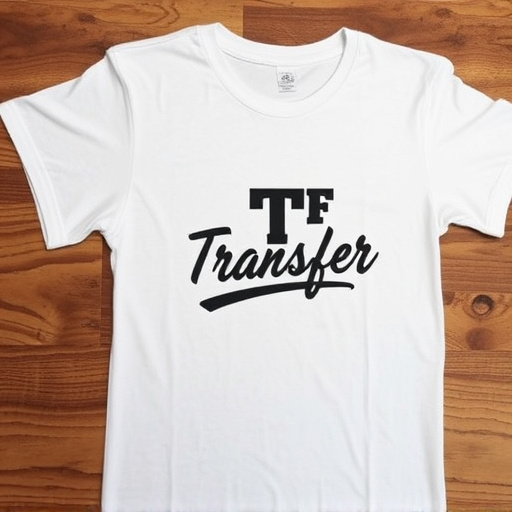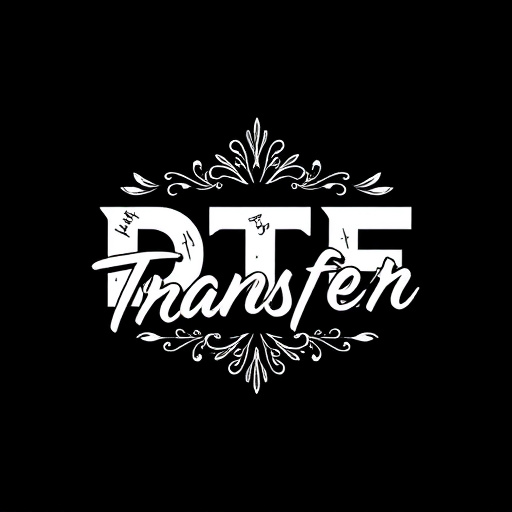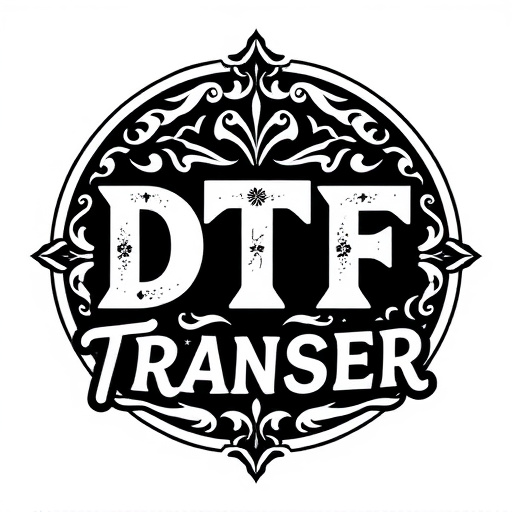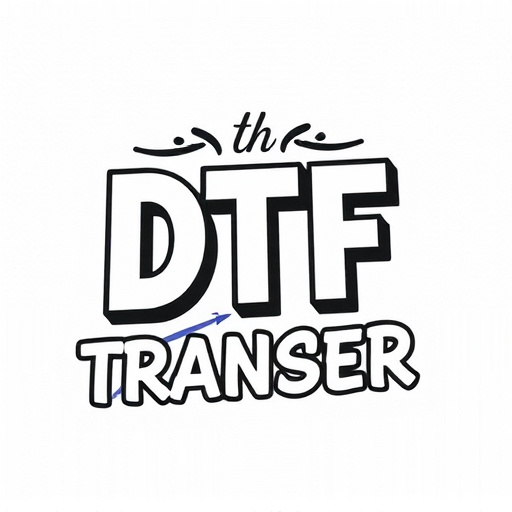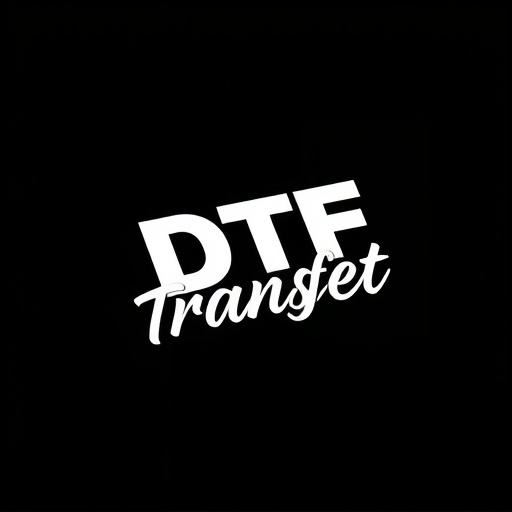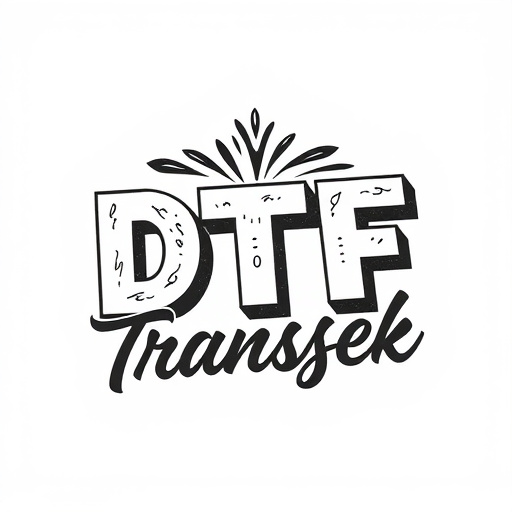Direct-to-fabric (DTF) transfer revolutionizes small-batch production by enabling designers and businesses to create custom prints on various fabrics without minimum order quantities. This innovative technique offers high-quality, vibrant DTF prints, adapting swiftly to market trends and customer demands. By optimizing design complexity and selecting suitable materials, DTF printing strikes a balance between creative freedom and streamlined production, catering to bulk and niche markets while minimizing waste. Case studies from fashion and arts sectors highlight its cost-efficiency and versatility.
“Unleash creativity with small-batch production using DTF (Direct-to-Fabric) transfer technology, a game-changer for personalized products. This article explores how DTF printing offers flexibility without minimum order quantities, ideal for niche markets and custom designs. From understanding the DTF process to optimizing design complexity and material choices, we delve into its benefits. Discover real-world case studies showcasing successful DTF transfer implementations in small batches, highlighting its potential for diverse applications.”
- Understanding DTF Transfer and Its Flexibility
- How DTF Printing Works for Small-batch Production
- Benefits of Using DTF for Customization and Personalization
- Optimizing Design Complexity in Small-batch DTF Prints
- Material Considerations for High-quality DTF Prints
- Case Studies: Successful Implementation of DTF Transfer in Small Batches
Understanding DTF Transfer and Its Flexibility
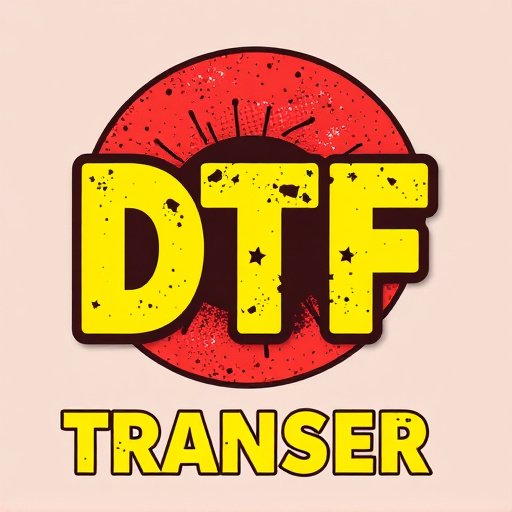
The DTF (Direct to Fabric) Transfer method offers a remarkable level of flexibility for small-batch production, allowing businesses and designers to create custom prints without being burdened by minimum order quantities. This modern technique has revolutionized the way we approach fabric printing, making it accessible for smaller operations and individual artists. With DTF, designs are printed directly onto a transfer paper using special inks, which can then be applied to various fabrics of your choice.
One of the key advantages is its versatility; you can print on a diverse range of materials, from cotton tees to silk scarves, without worrying about set quantity requirements. This technology enables businesses to easily adapt to changing trends and customer demands, offering a rapid response to market fluctuations. Additionally, DTF Printing provides high-quality, vibrant prints, ensuring that each piece is unique and visually appealing.
How DTF Printing Works for Small-batch Production
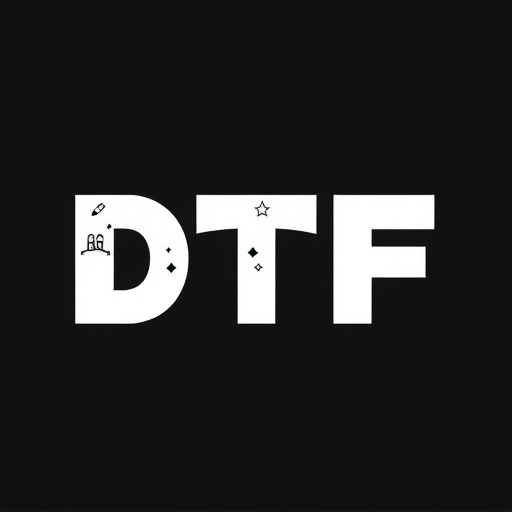
Direct-to-garment (DTF) printing has emerged as a game-changer for small-batch production, offering flexibility and high-quality results without the need for large quantities. This innovative method allows designers and businesses to create custom prints on various garments, from t-shirts to hoodies, with minimal waste and setup time. The process involves transferring designs from digital files onto a special transfer paper using an inkjet printer. Once the design is precisely printed on the transfer paper, it’s carefully positioned on the desired garment and heat-pressed, permanently imprinting the design onto the fabric.
DTF Printing stands out for its precision, allowing for intricate and detailed prints that maintain their vibrancy and clarity even in small batches. This technology also supports a wide range of fabrics, ensuring that every DTF print is not only visually appealing but also comfortable and durable. By eliminating the need for expensive printing machinery or large order minimums, DTF Printing empowers businesses to offer personalized products at competitive prices, catering to both bulk orders and niche markets.
Benefits of Using DTF for Customization and Personalization
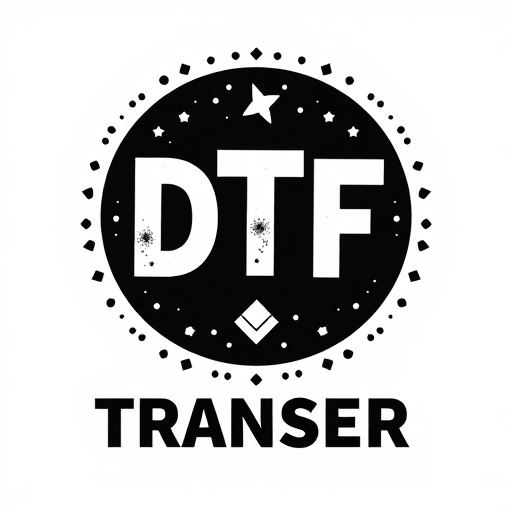
Using Direct to Garment (DTF) printing for small-batch options offers a multitude of benefits when it comes to customization and personalization. DTF Transfer allows for intricate designs, vibrant colours, and high-quality prints on a variety of fabrics, catering to diverse customer preferences. This level of detail and flexibility enables businesses to create unique products tailored to individual tastes, whether it’s a custom t-shirt, a personalized accessory, or a limited-edition collection.
Moreover, DTF Printing provides an efficient process with minimal waste. Unlike traditional printing methods that require large orders for cost-effectiveness, DTF allows for smaller runs without compromising on quality or design complexity. This flexibility in production means businesses can offer made-to-order items, respond swiftly to market trends, and cater to niche demands—all while maintaining a lean inventory and reducing the environmental impact.
Optimizing Design Complexity in Small-batch DTF Prints

In small-batch DTF (Direct to Fabric) printing, optimizing design complexity is a key strategy to enhance efficiency and minimize waste. By streamlining the design process, printers can focus on creating intricate patterns and graphics without being constrained by large minimum order quantities. This involves using software tools to simplify and clean up designs, ensuring that each element is print-ready and free from unnecessary details. Simplifying shapes, reducing line weight, and merging similar colors are effective methods to make the printing process smoother and more cost-efficient.
Additionally, employing smart design layouts can maximize fabric utilization, minimizing the amount of leftover material. This not only reduces waste but also saves on material costs. With a thoughtful approach to design optimization, small-batch DTF transfers allow for creative freedom while maintaining a streamlined production flow, making it an attractive option for custom clothing, home decor, and other niche markets that require unique, personalized prints without the overhead of mass production.
Material Considerations for High-quality DTF Prints
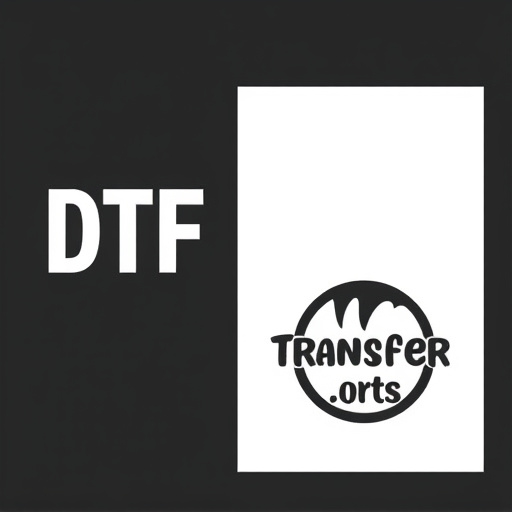
When creating small-batch DTF (Direct to Fabric) prints, material selection is paramount for achieving high-quality results. The right fabrics are essential to ensure the DTF transfer adheres well and provides a crisp, long-lasting print. Opt for natural fibers like cotton or linen as they absorb ink effectively, resulting in vibrant and detailed DTF prints. Avoid synthetic materials that may repel ink, impacting the overall quality.
Additionally, consider fabric weight and texture; heavier fabrics offer better stability during printing, reducing the risk of smudging or misalignment. Pre-treating the fabric with suitable prep solutions can also enhance ink adhesion and colorfastness, making it ideal for creating small runs of personalized DTF transfer designs without sacrificing quality.
Case Studies: Successful Implementation of DTF Transfer in Small Batches
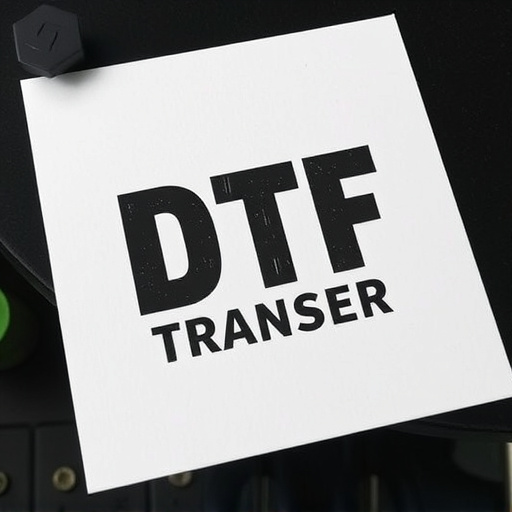
The Direct to Fabric (DTF) Transfer method has proven to be a game-changer for businesses aiming to offer small-batch printing solutions without minimum order quantities. Case studies from various sectors highlight its successful implementation. For instance, a boutique clothing brand utilized DTF Printing to produce custom designs on limited-edition t-shirts, allowing them to cater to customers’ unique preferences while maintaining cost-efficiency. This approach enabled the brand to offer personalized products without being burdened by large production runs.
Another success story involves an independent artist who creates and sells hand-drawn illustrations on various fabric items. By adopting DTF Transfer techniques, the artist could transform their creative designs into high-quality prints on demand. This not only reduced waste but also enabled them to offer a diverse range of products, from scarves to phone cases, without the need for extensive inventory management or upfront investment in equipment and materials.
